There have been many advances in dentistry during the past 10 years. Some can be considered improvements for the betterment of patient services, others are marketing techniques disguised as improvements. For example, the field of implant dentistry has seen some significant improvements in implant design. In fact, it is one of the true areas of dental sciences in which improvements and needs were based on retroactive analyses justifying the direction of the sciences.
There was a need for simplification of product design and use. There was a need for changes in the implant macro- and micro-topographical design to speed up osseointegration, improve patient management and provide a more stable long-term osseointegrated implant. There was a need to design changes to abutment connections to create a predictable, long-term, stable connection to allow the use of cemented restorations. All of these advancements were achieved with scientific support and rationale.
On the other hand, some changes in dentistry may not have been well supported by scientific rationale. Every year new bonding agents come on the market. Many of them don’t stay on the market long enough to be tested for long-term results. Some don’t undergo rigorous wet chemistry, long-term testing (a standard testing format for bonding agents) because they don’t stay on the market long enough to substantiate the research funding.
In dentistry, new products imply new and improved formulas. With bonding agents on their ninth to 10th generation, the science still shows us that the fourth generation (two-bottle) generated the best bonding results. So what has been improved? Not the bonding efficacy, but the handling of the products. Many formulas today are single-bottle, and some exhibit self-etching to speed up use. Simplification of use appears to be a more important marketing variable than product efficacy. That’s often a reality in today’s competitive product fields.
There has also been an explosion of marketing of CAD/CAM (computer-aided design and manufacturing) technologies. Every company is marketing its version of this technology. The CEREC machine (CEramic REConstruction) uses CAD/CAM to enable dentists to provide crowns and/or inlays in their office in one visit.
There is no doubt patients love the concept of having to spend only one appointment without all the fuss to have a crown fabricated and inserted. Though if we critically compare it to our “conventional existing technologies and methods,” some aspects of the technology still fall short The esthetics can limit in-office use to posterior teeth.
In contrast, we have clearly seen the benefit of CAD/CAM machines in laboratory use. Previous methods of casting large substructures had many limitations, such as distortion aspect, cost and alloy weakness, to mention just a few. Today the use of this technology seems to be able to avoid such limitations and create a superior framework without the shortcomings of the previous technologies. They can also fabricate a superior framework for the same or lesser cost.
Another example of this convenience-versus-performance improvement confusion involves lasers and instant chairside bleaching. One independent study (Clinical Research Association) showed a chairside approach not performing as well as two “take-home” bleaching systems. The tested in-office laser-bleaching session produced significantly fewer desirable color changes than did the tested “take home” bleaching protocols. Apparently the in-office system dehydrated the teeth, making them look whiter, but for a shorter period.
So why are dentists buying such systems? It appears to have more to do with advertising and marketing than with product efficacy.
That raises this question: Is dentistry swinging more toward a profit-based model instead of a health-based model?
There are clinical advantages created by many of our new technologies, but are they being exploited for other reasons? Are the benefits worth the changes in clinical approaches? Are the “new-and- improved” technologies a clinical benefit or just a marketing ploy?
The best guideline remains “patient benefit.” If the new technology produces an improved product, greater success rates, reduced costs and quicker, simpler patient treatment, then you have your answer. If not, then it’s worth questioning the philosophy of a practice that uses those expensive marketing toys.
Dentistry’s primary concerns are establishing and maintaining optimal patient oral health. Our responsibilities include identification and control of ...
When COVID-19 affected the European dental prostheses and digital dentistry markets—including in countries such as Austria, Belgium, France, Germany, ...
Dentists dedicate immense effort to building thriving practices, adopting advanced technologies and improving workflows, towards enhancing patient care. ...
When we think of artificial intelligence (AI), our minds often conjure up images of sentient humanoid robots from iconic science fiction films like 2001: A ...
TORONTO, Ontario, CANADA: The Canada-United States Chapter of the Alliance for a Cavity-Free Future (ACFF) has awarded four interprofessional grants ...
Visitors can explore a full portfolio of new and cutting-edge products, engage in hands-on demos with a knowledgeable team of product experts and take ...
GLASGOW, Scotland: New biocompatible materials for 3D printing and milling that employ the unique Remora anti-biofilm technology have gained clearance from ...
TORONTO, Ontario, Canada: Less than one per cent of healthy urban children surveyed in Toronto had received dental care by the recommended age of 12 months ...
In 2011, the Canadian Dental Association and the provincial dental associations launched a joint national advertising campaign reinforcing the value of ...
Implant treatment for full-arch fixed restorations has been around for decades now.1–3 The treatment usually involves four to six implants placed in ...
Live webinar
Wed. 14 January 2026
12:00 PM EST (Toronto)
Dr. Théo Laplane, Dr. Robert Gottlander DDS
Live webinar
Fri. 16 January 2026
12:00 PM EST (Toronto)
Live webinar
Mon. 19 January 2026
1:00 PM EST (Toronto)
Philipp Kopp, Michael Seeber
Live webinar
Thu. 22 January 2026
9:00 AM EST (Toronto)
Prof. Judith Jones D.D.S; M.P.H., Prof. Kakuhiro Fukai D.D.S., Ph.D, Dr. Bathsheba (Bethy) Turton
Live webinar
Thu. 22 January 2026
2:00 PM EST (Toronto)
Dr. Nicola M. Grande DDS, PhD
Live webinar
Wed. 28 January 2026
8:00 AM EST (Toronto)
Live webinar
Wed. 28 January 2026
11:00 AM EST (Toronto)
Prof. Dr. Jan-Frederik Güth



 Austria / Österreich
Austria / Österreich
 Bosnia and Herzegovina / Босна и Херцеговина
Bosnia and Herzegovina / Босна и Херцеговина
 Bulgaria / България
Bulgaria / България
 Croatia / Hrvatska
Croatia / Hrvatska
 Czech Republic & Slovakia / Česká republika & Slovensko
Czech Republic & Slovakia / Česká republika & Slovensko
 France / France
France / France
 Germany / Deutschland
Germany / Deutschland
 Greece / ΕΛΛΑΔΑ
Greece / ΕΛΛΑΔΑ
 Hungary / Hungary
Hungary / Hungary
 Italy / Italia
Italy / Italia
 Netherlands / Nederland
Netherlands / Nederland
 Nordic / Nordic
Nordic / Nordic
 Poland / Polska
Poland / Polska
 Portugal / Portugal
Portugal / Portugal
 Romania & Moldova / România & Moldova
Romania & Moldova / România & Moldova
 Slovenia / Slovenija
Slovenia / Slovenija
 Serbia & Montenegro / Србија и Црна Гора
Serbia & Montenegro / Србија и Црна Гора
 Spain / España
Spain / España
 Switzerland / Schweiz
Switzerland / Schweiz
 Turkey / Türkiye
Turkey / Türkiye
 UK & Ireland / UK & Ireland
UK & Ireland / UK & Ireland
 International / International
International / International
 Brazil / Brasil
Brazil / Brasil
 Latin America / Latinoamérica
Latin America / Latinoamérica
 USA / USA
USA / USA
 China / 中国
China / 中国
 India / भारत गणराज्य
India / भारत गणराज्य
 Pakistan / Pākistān
Pakistan / Pākistān
 Vietnam / Việt Nam
Vietnam / Việt Nam
 ASEAN / ASEAN
ASEAN / ASEAN
 Israel / מְדִינַת יִשְׂרָאֵל
Israel / מְדִינַת יִשְׂרָאֵל
 Algeria, Morocco & Tunisia / الجزائر والمغرب وتونس
Algeria, Morocco & Tunisia / الجزائر والمغرب وتونس
 Middle East / Middle East
Middle East / Middle East

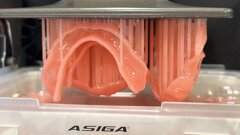

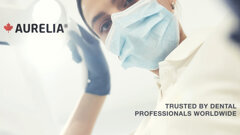






























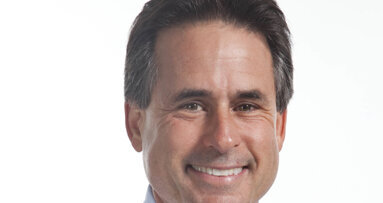
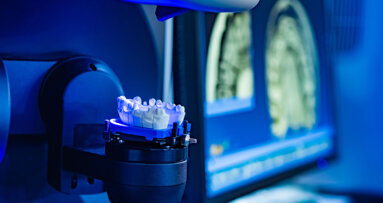



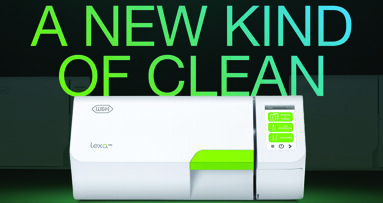


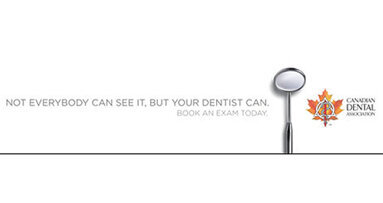
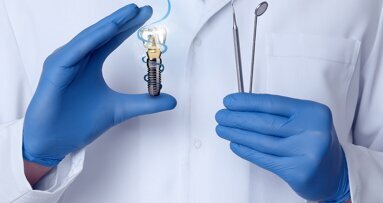










To post a reply please login or register